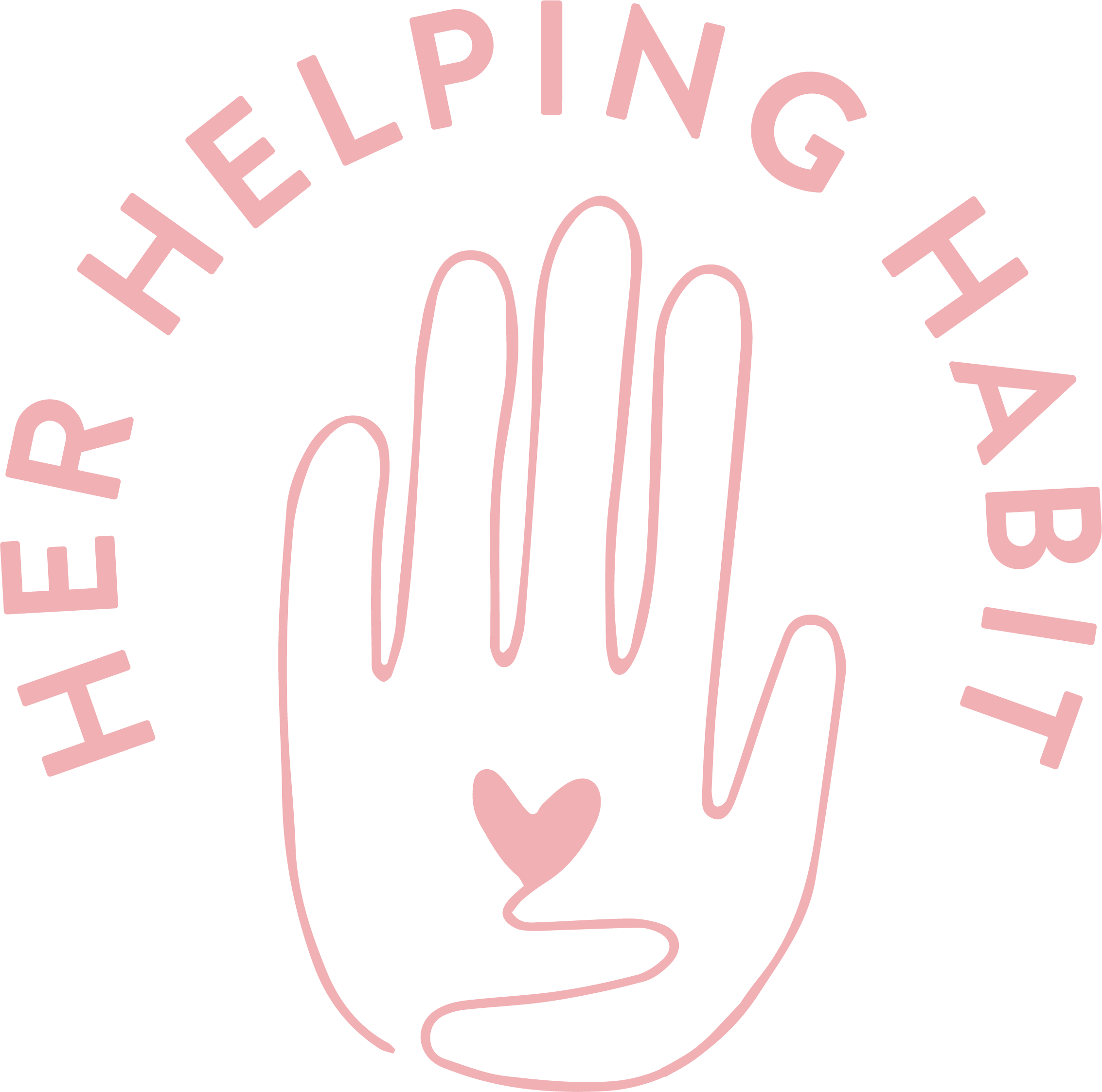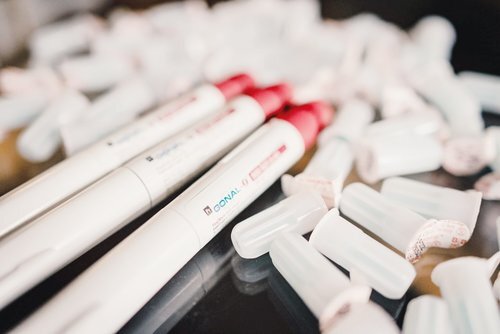Phase 1: Syncing, Protocol & Medication
Hello and thank you for choosing to follow along with my egg donation cycle! In the next few posts, I will be detailing my personal egg donation process to give you a clear picture of what it looks like in order to help you decide if becoming an egg donor is right for you. This is my sixth time donating, and I’m still just as excited to help someone achieve their dream of conceiving a child as I was the first time!
Prior to starting any medications, I underwent quite a few meetings and consultations, including:
· An initial consult covering the basics of egg donation
· An initial round of bloodwork and an ultrasound
· An initial counselling session and psychiatric examination
· A legal meeting to discuss the terms of my donation and sign the contract
Upon successful completion of those initial assessments and meetings, I began the syncing phase of my donation cycle. The clinic put me on oral birth control pills in order to sync my cycle to that of the recipient of my eggs (either the intended mother or a surrogate). I started taking birth control on April 24th and it took four weeks to sync with my recipient; however, I ended up staying on birth control for another four weeks due to a work conflict that came up unexpectedly.
Once I was synced with the recipient, the established protocol went into effect. The protocol is simply the timeline that determines when a donor stops taking birth control pills and moves on to medication injections prior to egg retrieval. It can outline appointments and potentially include your target retrieval date. My protocol started on June 20th, and we suspect my retrieval date will be around July 3rd or 4th.
Appointments
The day after I stopped taking birth control, I went to my community health center for bloodwork to ensure that my ovaries were suppressed and that I was fully ready to begin my medication schedule. Three days later, I began to self-administer two hormone injections every day between 6:00 p.m. and 9:00 p.m. I will follow this injection schedule for five days before adding in a medication that prevents early ovulation. Because I’m an experienced donor, this first phase has been pretty easy for me with regards to appointments and expectations.
The clinic I’m working with during this cycle is familiar with me because I have donated in the past, so they don’t require me to have any appointments at outside clinics. I’ll be seen by their staff on day 10 of my medication schedule. Typically, they want to see you on day eight or nine, but I wanted to take less time off from work and my success with donation in the past was the leverage I needed to advocate for myself and extend my timeline. Past donations have taught me that my ovaries typically need between 10 and 13 days of medication, whereas the normal window is a bit larger at somewhere between nine and 14 days of medication.
Due to variables such as location and physician preferences, some clinics require donors to participate in satellite monitoring after stopping birth control. If your clinic is far from where you live but there is another clinic closer to you, you can be monitored by that clinic during this phase. Because donors need to be seen between four and eight times while on medication, this is a much more convenient option for donors who are not close to their home clinic. Additionally, if the donor was not on birth control during the syncing phase, she will be asked to have bloodwork and an internal ultrasound completed on day three of her menstrual period to ensure her readiness for the donation cycle.
Medications
I’m currently injecting myself daily with 225 units of Gonal-F and 75 units of MENOPUR. These medications stimulate the ovaries to grow more than the single egg your body would naturally release during that cycle. Gonal-F comes loaded in a pen similar to an EpiPen®, so I can just turn the dial to 225 units, screw on a fresh needle and inject it without more than a slight pinch. The MENOPUR comes in vials that I mix with saline before injecting with a standard syringe, and that one stings a little bit but isn’t too bad.
I like that the Gonal-F pens are pre-loaded so all I have to d
It’s not nearly as tricky as you may think to load up a syringe
Side Effects
I feel pretty good right now! I felt some bloating on day three and my abdomen was a little tender but by day four, I didn’t feel bloated anymore. Otherwise, I just have some bruising at my injection sites.
Warning Signs
The clinic will be closely in touch from here on out, so I’m making sure to regularly check my email and my phone. If you’re visiting your usual clinic, it’s a good idea to ask for your estrogen levels and follicle count from your last appointment.
The nurse will likely call you later that same day as your appointment to tell you if you if anything looks abnormal or if you should adjust your medication dosage. If you didn’t ask for your numbers during your appointment, this is a great time to ask about your estrogen level and follicle count. It’s good to get in the habit for your own records, but during these first few days of the cycle, there should not be any major red flags.
It can be helpful to set up a designated med station for yourself during your cycle so you aren’t constantly packing and unpacking your medications.
Self-Care Tips
It can be very challenging psychologically to give yourself an injection—believe me, I understand! I recommend having a friend or family member around for your first couple of injections to offer emotional support and possibly even administer the injection for you until you get the hang of it. Despite a rousing 30-minute pep talk from myself, my very first attempted injection happened only after my then-boyfriend injected it for me because I was still very uncomfortable with the idea. After the initial injection, though, I realized there was nothing to it and I’ve done every single injection since then myself!
I also recommend meditating for five or 10 minutes before injecting yourself to make it easier. If you have a regular meditation practice, just do whatever you normally do. If not, a great practice that’s simple to do is a body scan meditation (Google has tons of ideas for this, if you’re curious).
If you find that the medication is making you bloated, hibiscus tea is an excellent way to combat that and get back to your baseline.





